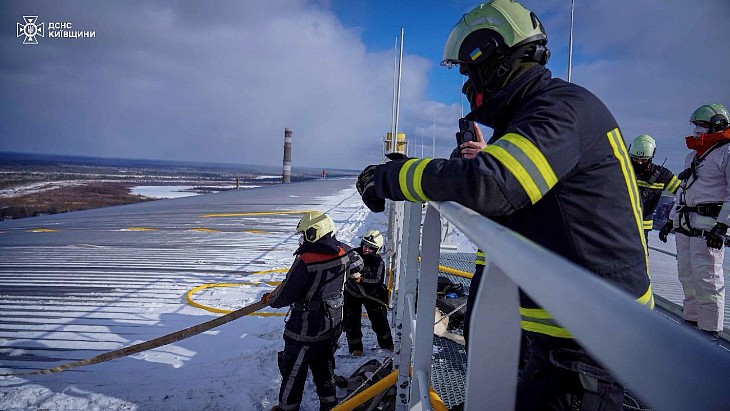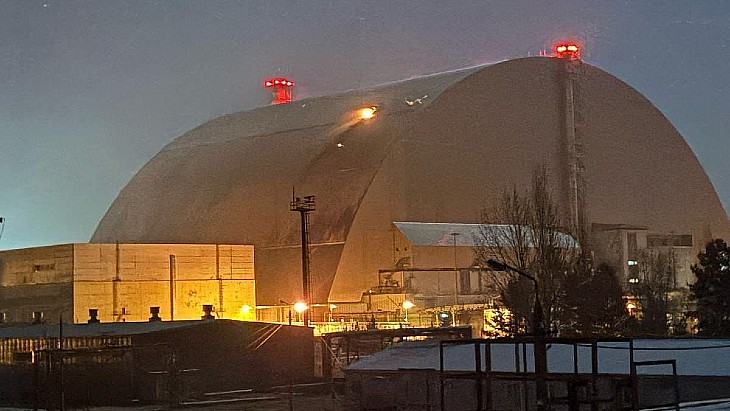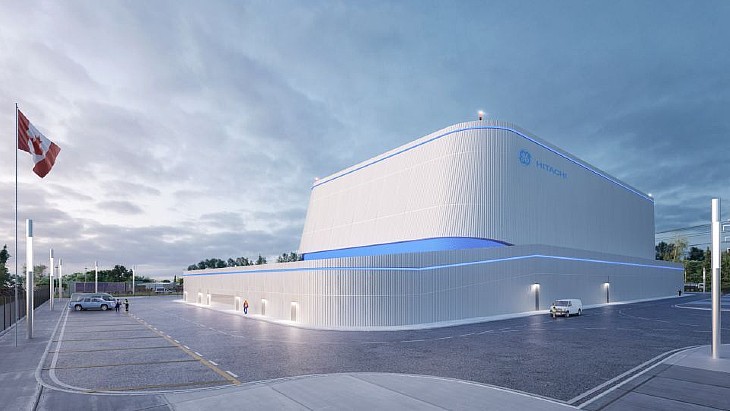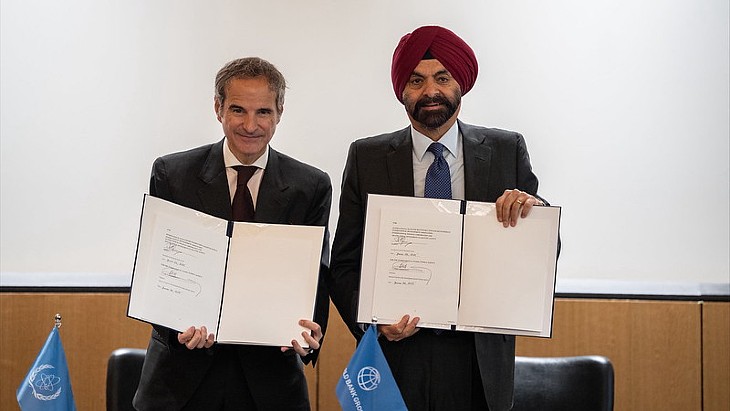IAEA launches tool for enhancing safety culture
.jpg)
Safety culture is shaped by the shared attitudes, norms, beliefs and values of all employees, and weaknesses in safety culture can contribute significantly to incidents and accidents across different industries, including the nuclear industry.
"Culture is so powerful because it often affects our behaviour unconsciously," said Caroline Pike, who advises national experts on safety culture in the nuclear industry at the IAEA. "This is why it is important that people understand the characteristics of an effective safety culture, and organisations have in place a set of behavioural indicators to help gauge its strength and quality."
Nuclear and nuclear-related organisations had been experiencing challenges in complying with different sets of safety culture guidelines that were similar in intent but different in structure, Pike said. "This can create unnecessary complexity and uncertainty in understanding expectations and implementing programmes to enhance safety culture. It can also make measurement and assessment of safety culture more difficult."
The IAEA initiated a process in 2016 to harmonise those different sets of guidelines. Participants from different countries and facilities discussed existing safety culture frameworks from institutions including the IAEA, the World Association of Nuclear Operators and the Institute of Nuclear Power Operations, as well as government institutions from Finland, Japan and the USA. They paid special attention to the gaps between existing frameworks, Pike said. This work resulted in the new Harmonised Safety Culture Model, which will make it easier for national experts and operators to understand and enhance their culture for safety, protecting workers, communities and the environment.
The model is not intended as a checklist, the IAEA said, but represents "overarching principles" and provides a description of the traits and attributes that are present in organisations with an effective culture for safety. The model lists exemplary behaviours such as individual responsibility for safety, questioning attitude, responsibilities for decision‑making, and highlights effective communication and high level of trust as some of the major indicators of a healthy culture for safety. The model is aligned with a systemic approach to understanding culture for safety in different organisations. The IAEA said the model is written in a way that is translatable to other languages and cultures, as well as relevant for facilities other than nuclear power plants, making it widely applicable. It includes specific attributes defining current international expectations.
The Harmonised Safety Culture Model will be the part of Application of the Management System for Facilities and Activities, which is being updated and will be published in the IAEA Safety Reports Series. It will also be integrated into the IAEA Independent Safety Culture Assessment by providing additional normative criteria for assessing safety culture.









..._58412.jpg)

